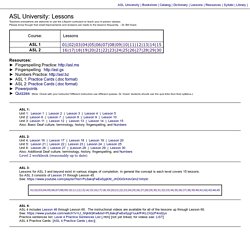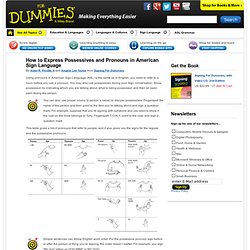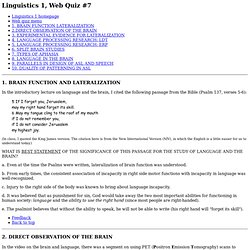

How to Meet Deaf People Online. Meet the Deaf Community. Learn American Sign Language Most ASL classes have Deaf instructors.

Your instructor can help you get involved in local Deaf events. To find an American Sign Language class near you look in the phone book or search online to contact local agencies, such as: Deaf service centersDeaf schoolsUniversities and colleges Community College Adult education centerSign language interpreting agenciesFor more information about learning ASL, please visit the Deaf Linx ASL page. State Residential School for the Deaf Interpreter Training Program Sign Language Interpreting Agency For more information about learning ASL, please visit the Deaf Linx Sign Language page.
Find out about the Deaf Club and Deaf events in your area. Reading about the experiences and perspectives of Deaf people is extremely informative. Volunteer in Schools A fun way to interact with Deaf people and learn more sign language is to volunteer in schools with deaf children. Also, try to visit your state school for the deaf. People Deaf Culture - AllDeaf.com. Sign for ALL. More Learning Tools. American Sign Language (ASL) ASL - American Sign Language.
ASL University: Lessons Teachers everywhere are welcome to use the Lifeprint curriculum to teach your in-person classes.

Please know though that small improvements and revisions are made to the lessons frequently. - Dr. Bill Vicars Resources: ► Fingerspelling Practice: ► Fingerspelling ► Numbers Practice: ► ASL 1: Practice Cards (.doc format) ► ASL 2: Practice Cards (.doc format) ► Powerpoints ► Quizzes (Note: Check with your instructor! Different instructors use different quizzes. Dr. Vicars' students should use the quiz links from their syllabus.) ASL 1: Unit 1: Lesson 1 | Lesson 2 | Lesson 3 | Lesson 4 | Lesson 5 Unit 2: Lesson 6 | Lesson 7 | Lesson 8 | Lesson 9 | Lesson 10 Unit 3: Lesson 11 | Lesson 12 | Lesson 13 | Lesson 14 | Lesson 15 Also: Basic Deaf culture, terminology, history, fingerspelling, and Numbers.
Dr. Bill Vicars' American Sign Language (ASL) Fingerspelling Practice Site. Print . Sign Design. Learning American Sign Language ASL and Signed English (SE) How to Express Possessives and Pronouns in American Sign Language. Using pronouns in American Sign Language (ASL) is the same as in English; you need to refer to a noun before you use a pronoun.

You may also use possessives during your Sign conversation. Show possession by indicating whom you are talking about, what is being possessed, and then an open palm facing the person. You can also use proper nouns (a person’s name) to discuss possessives. Fingerspell the name of the person and then point to the item you’re talking about and sign a question mark. For example, suppose that you’re signing with someone and you want to know if the coat on the hook belongs to Tony. This table gives a list of pronouns that refer to people, and it also gives you the signs for the regular and the possessive pronouns. Simple sentences can follow English word order. As a group, four little pronouns — this, that, these, and those — get a big name, demonstrative pronouns. The following sentences can give you some practice with pronouns and possessives: accusative case macron. ASL-Alphabet-Puzzle-eBook. Web quiz #7. In the introductory lecture on language and the brain, I cited the following passage from the Bible (Psalm 137, verses 5-6): 5 If I forget you, Jerusalem, may my right hand forget its skill. 6 May my tongue cling to the roof of my mouth if I do not remember you, if I do not consider Jerusalem my highest joy.

(In class, I quoted the King James version. The citation here is from the New International Version (NIV), in which the English is a little easier for us to understand today.) a. Even at the time the Psalms were written, lateralization of brain function was understood. b. C. D. E. In the video on the brain and language, there was a segment on using PET (Positron Emission Tomography) scans to directly observe the active areas of the brain as it performs certain tasks (see APS reader, page 106).
A. B. C. D. E. This is a small example of a Dichotic Listening Experiment. Learning American Sign Language ASL and Signed English (SE)